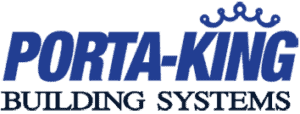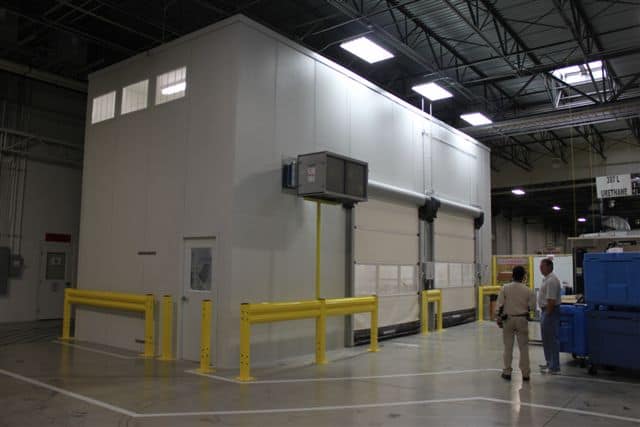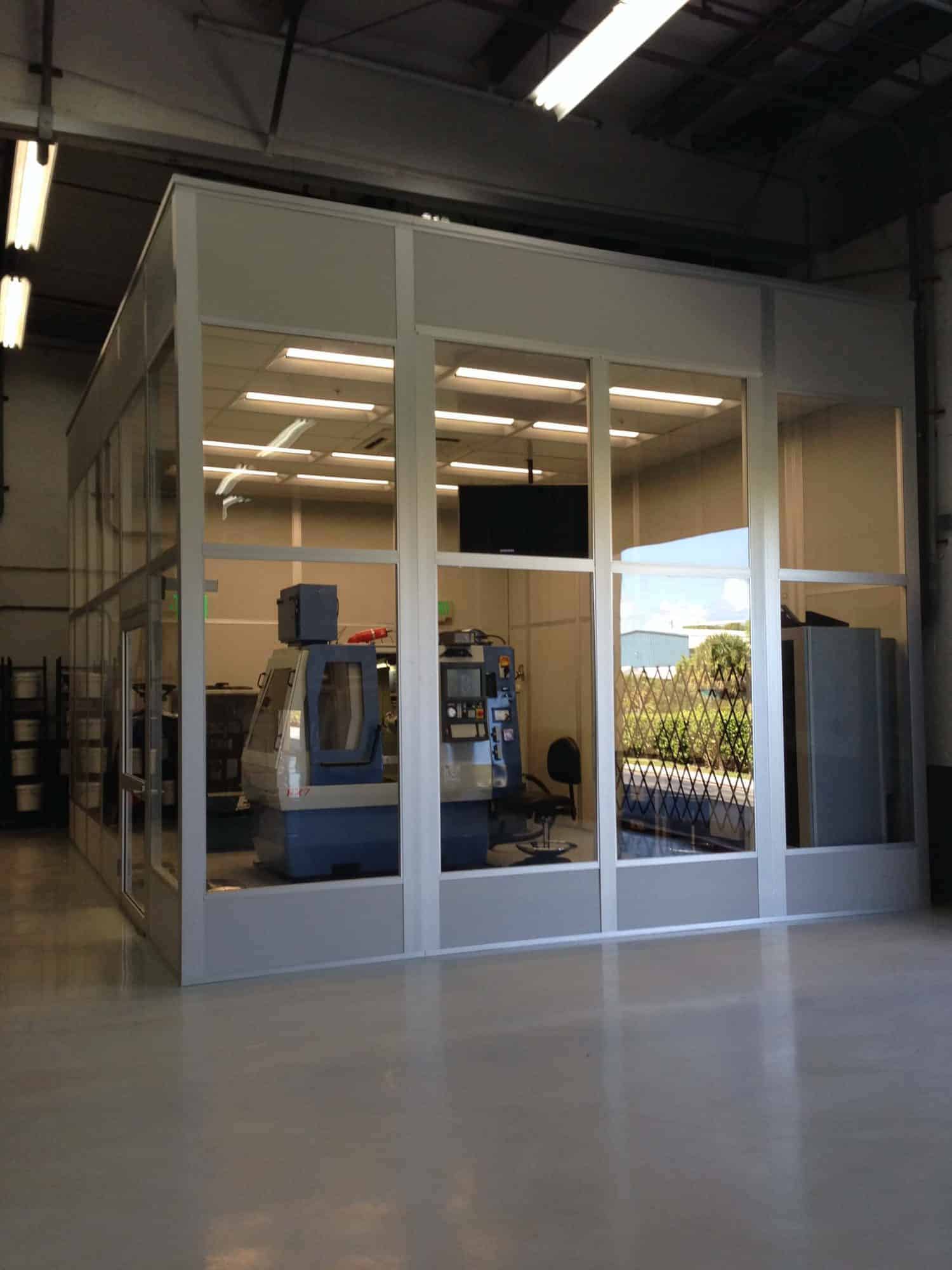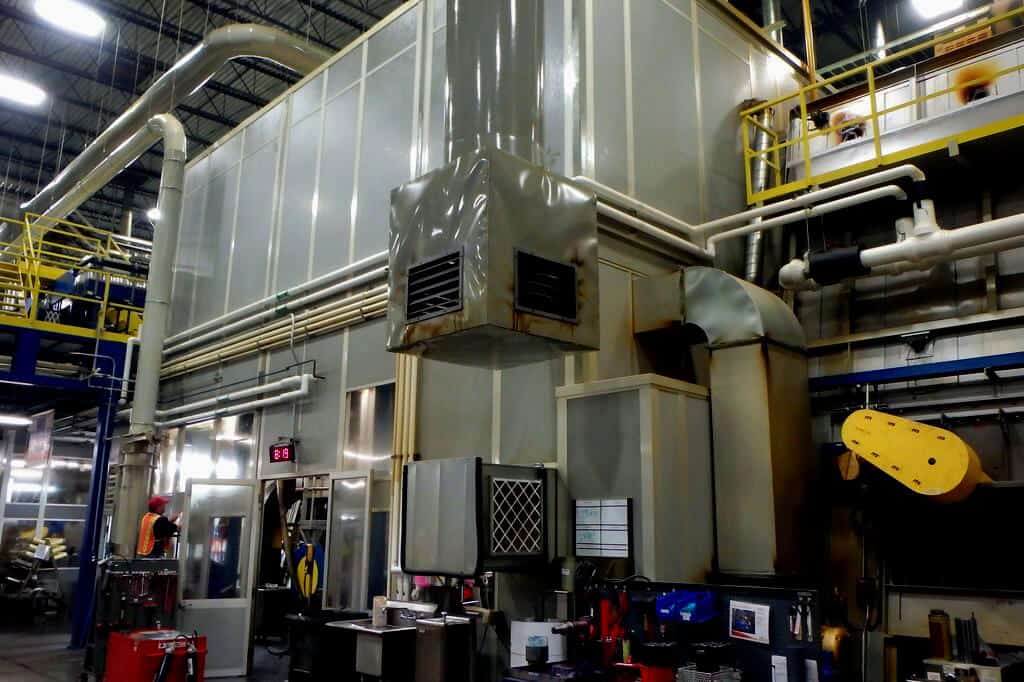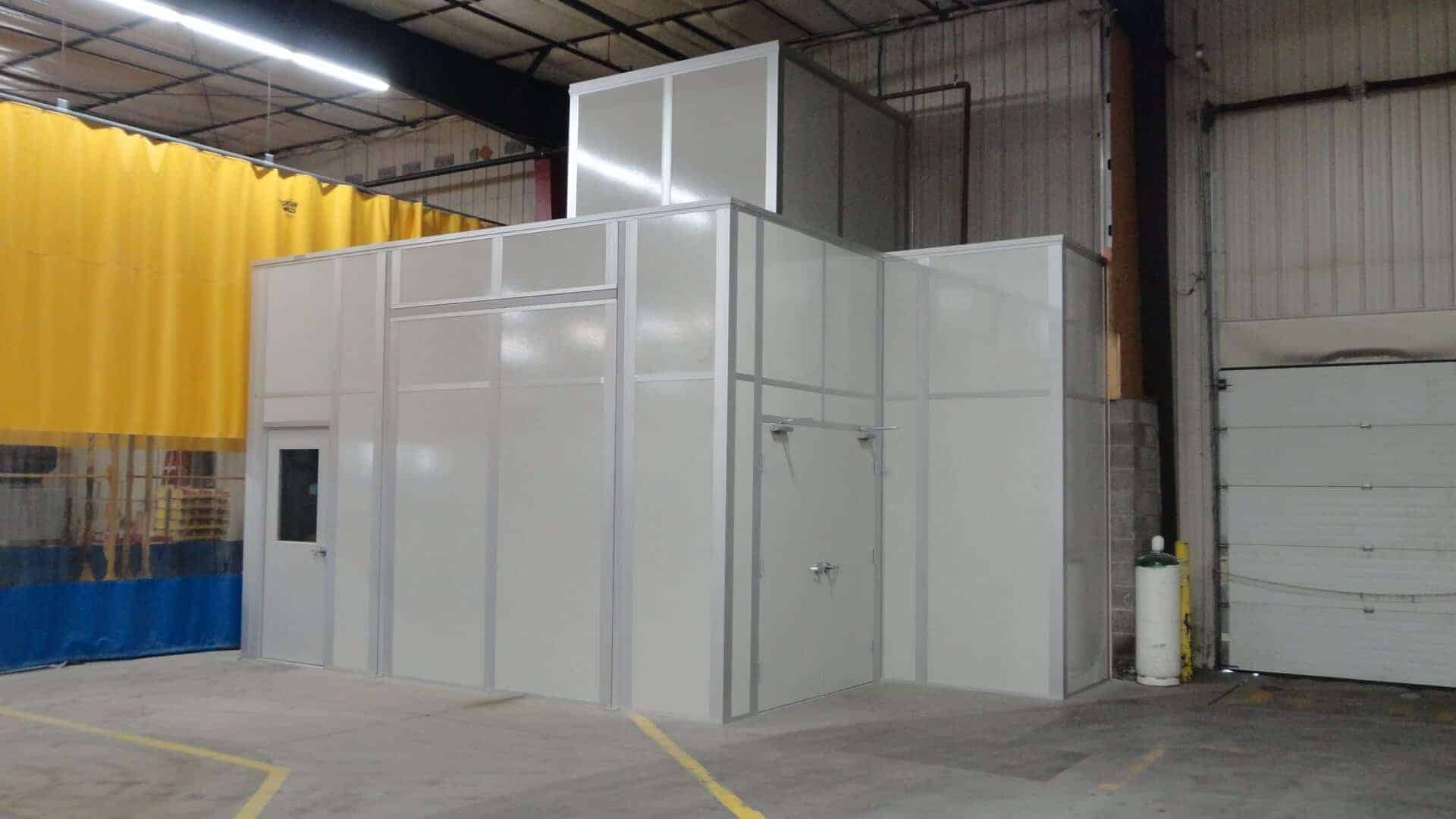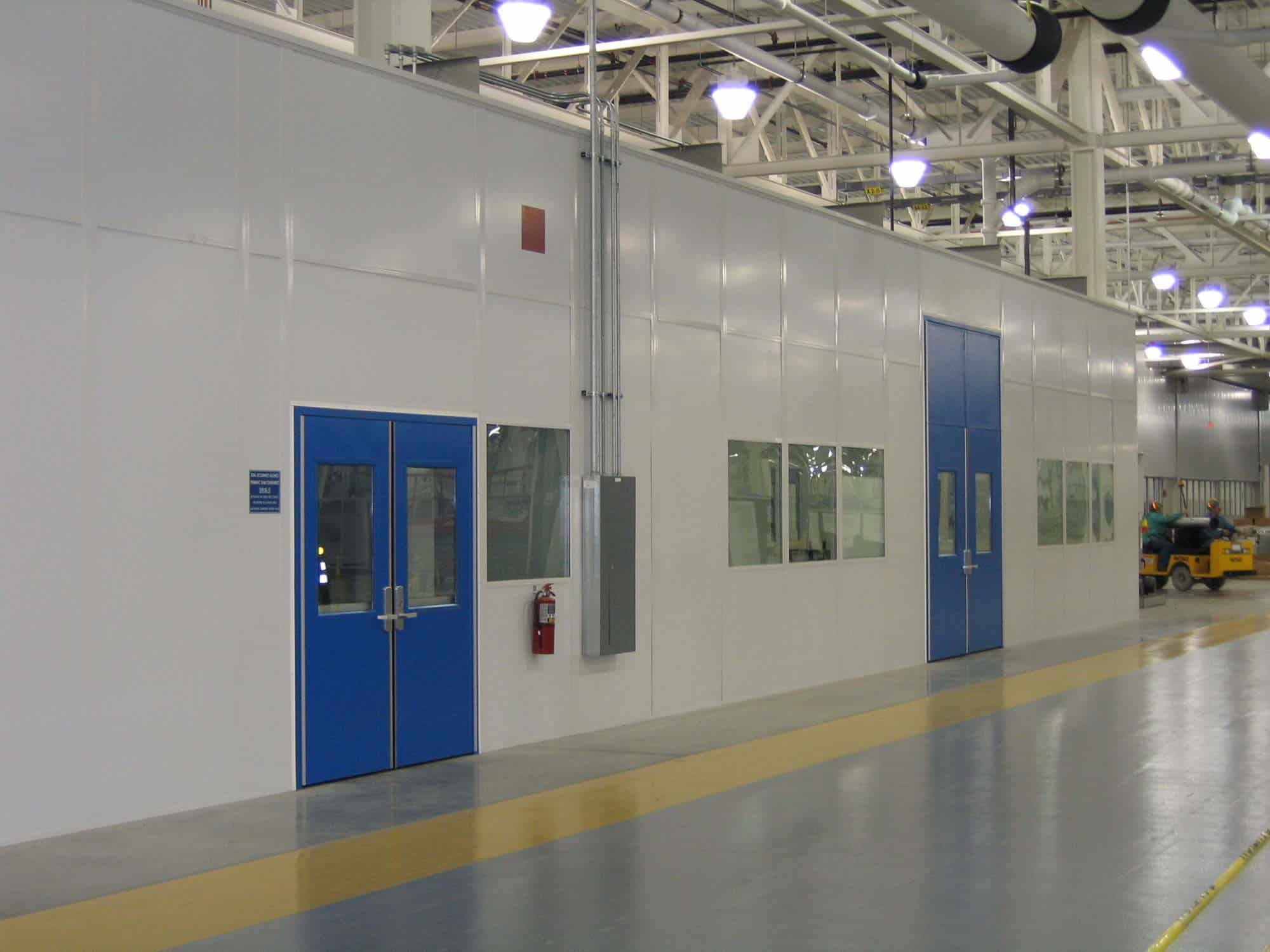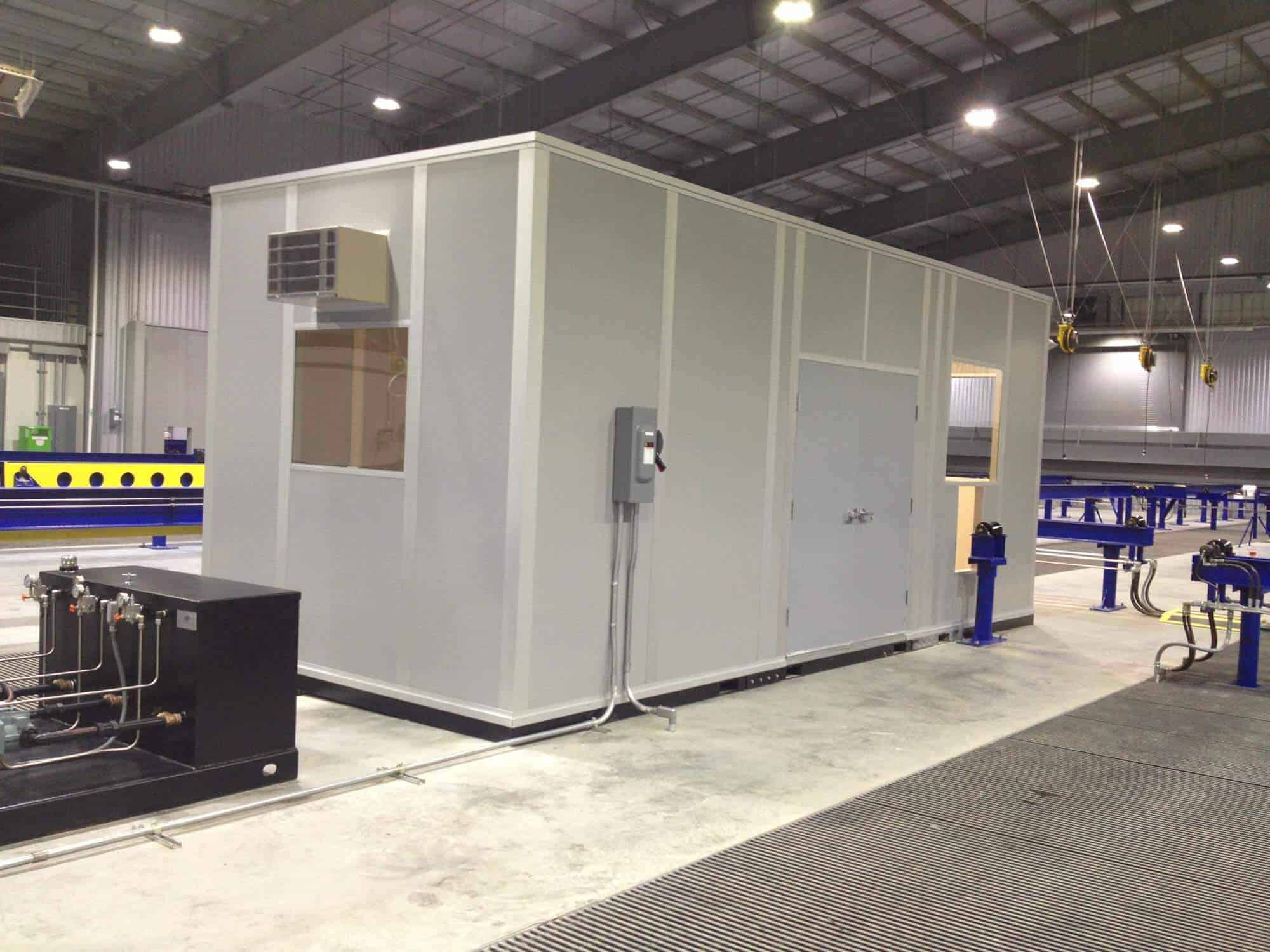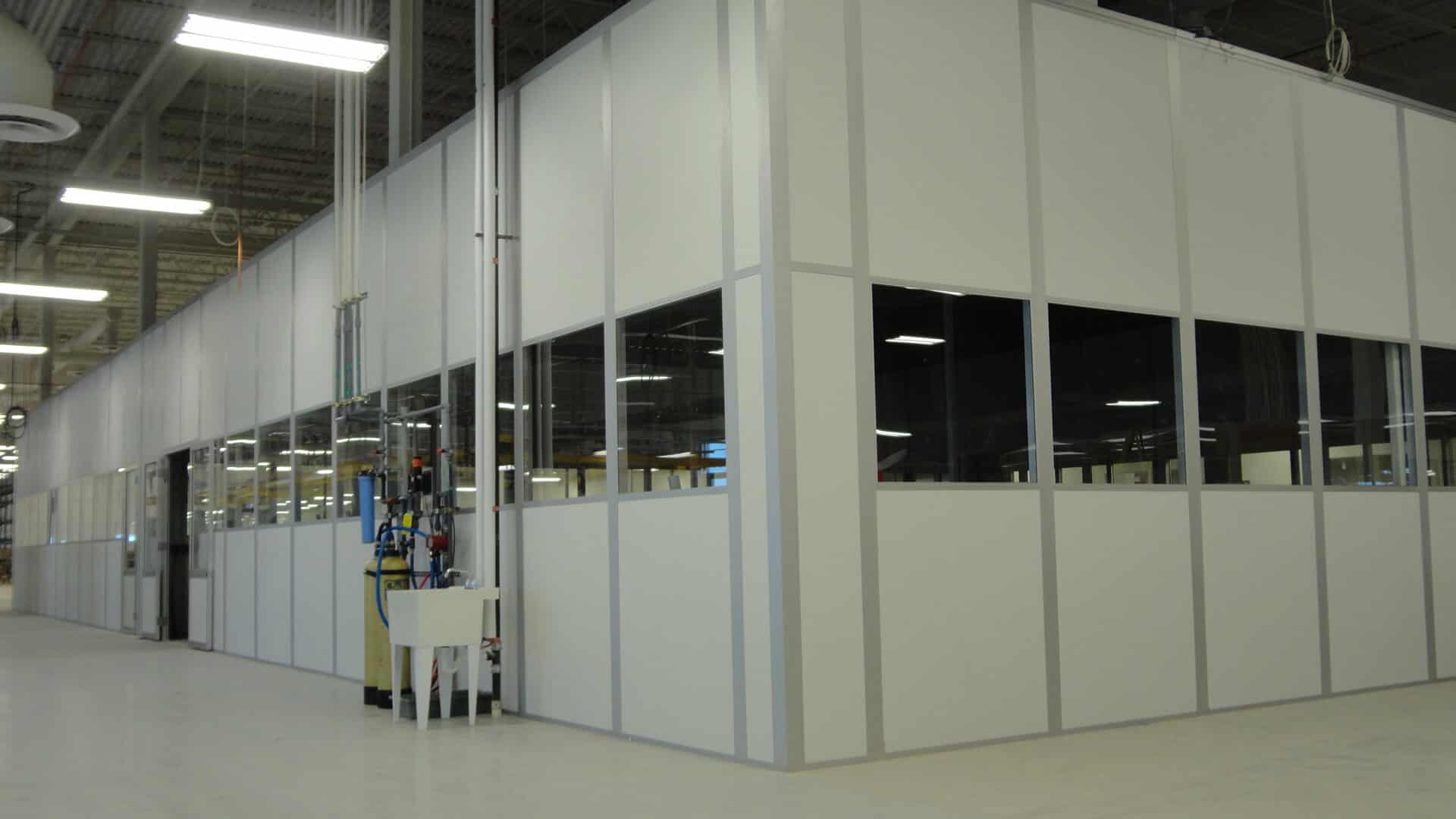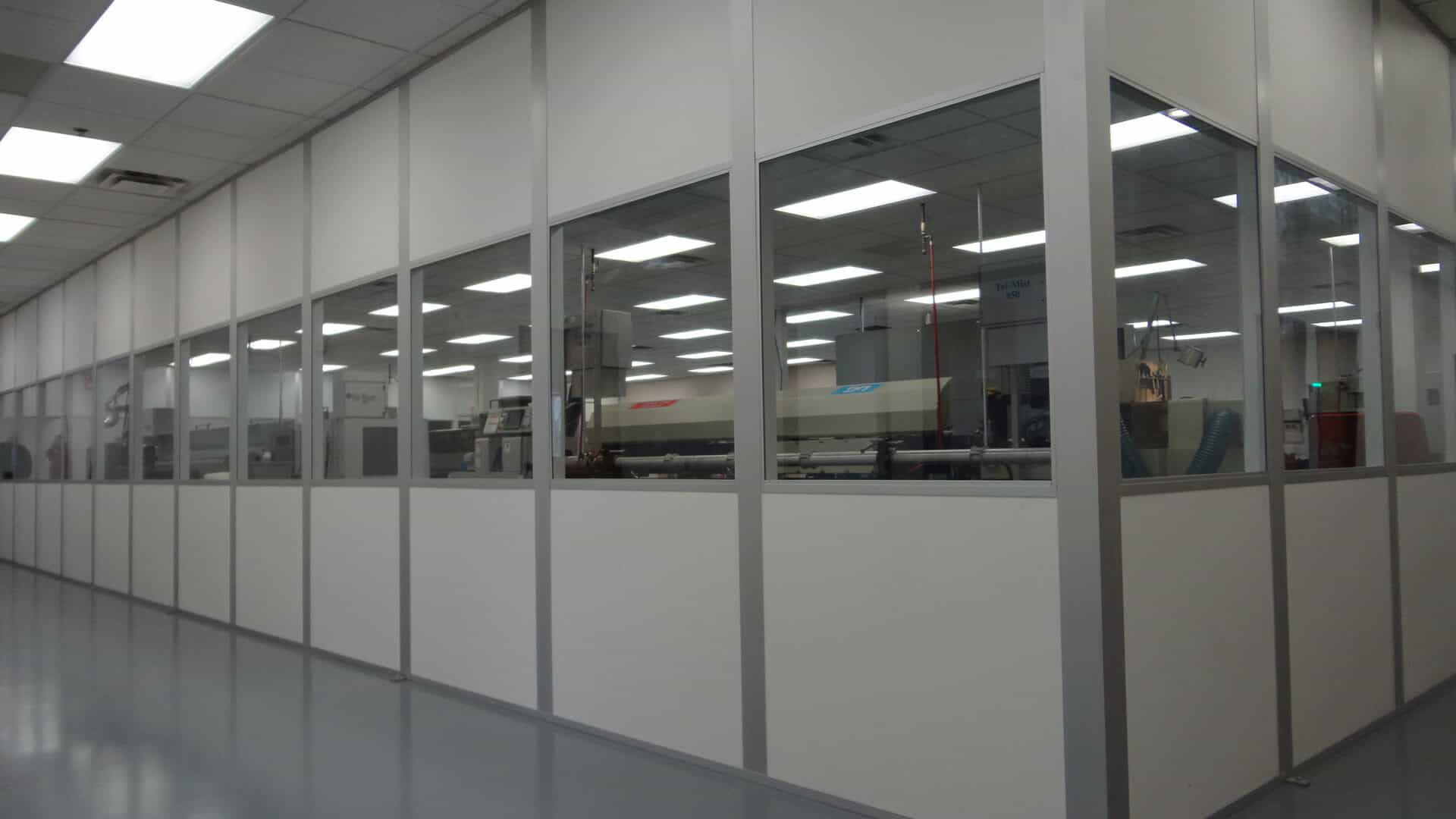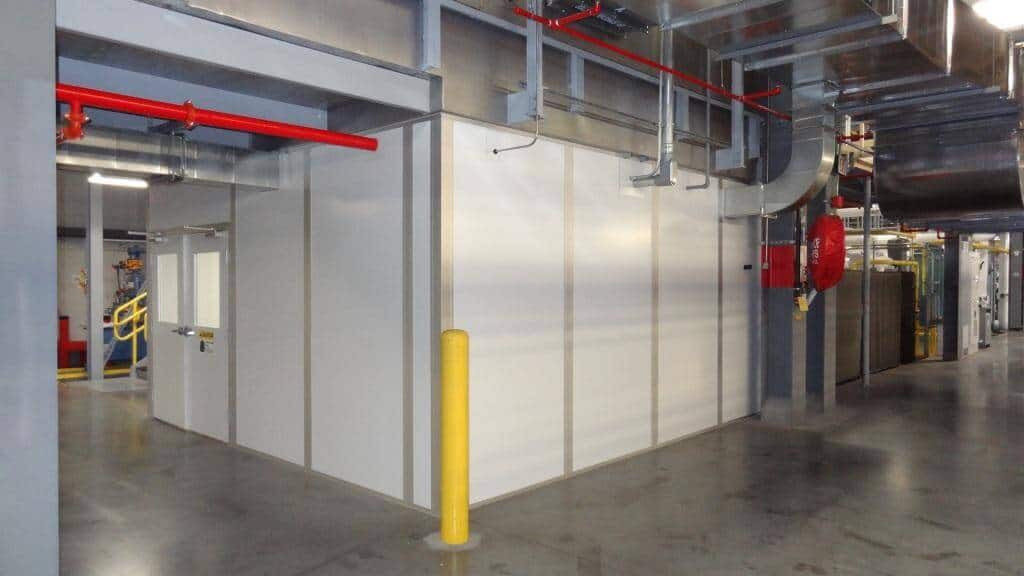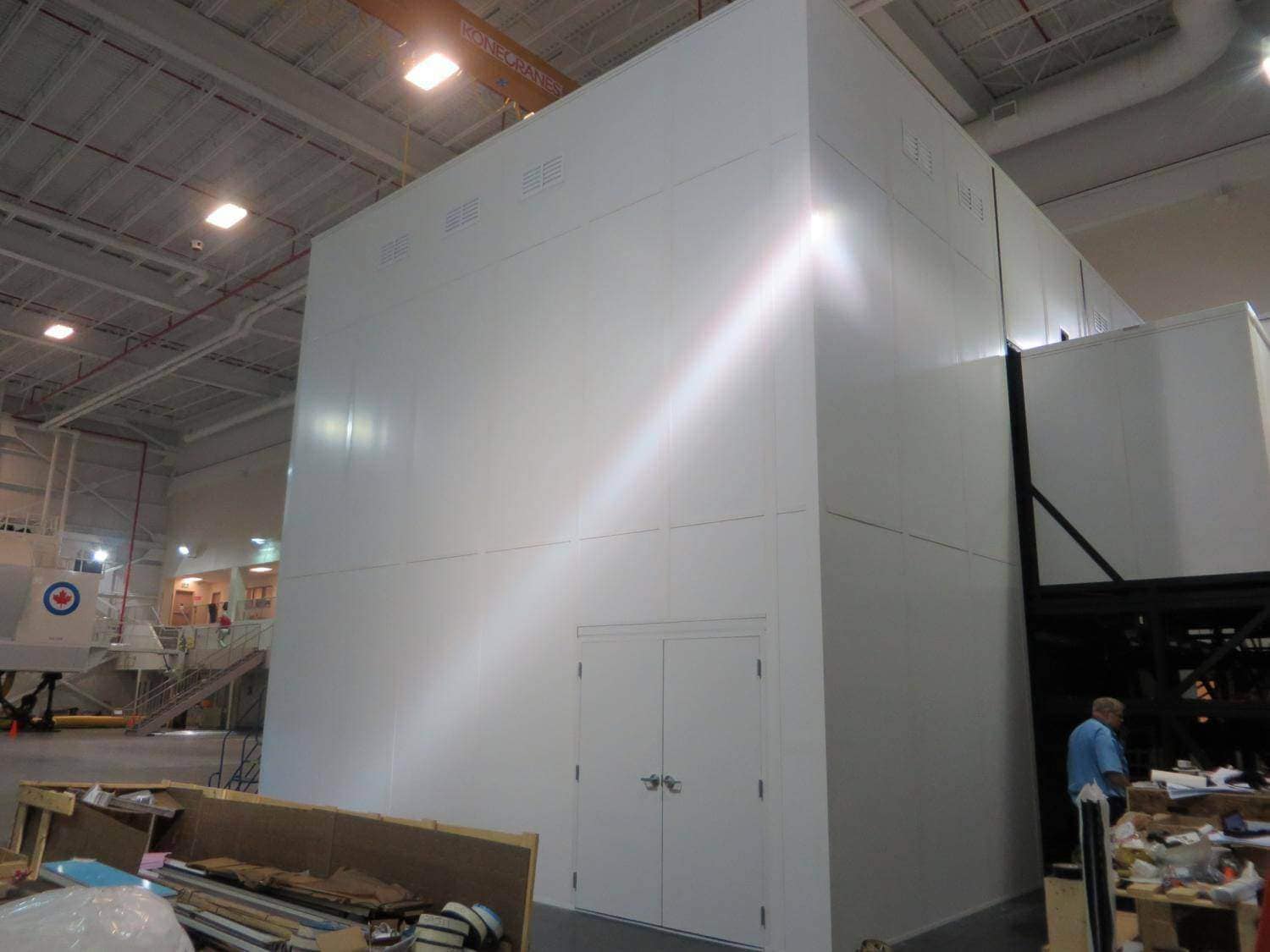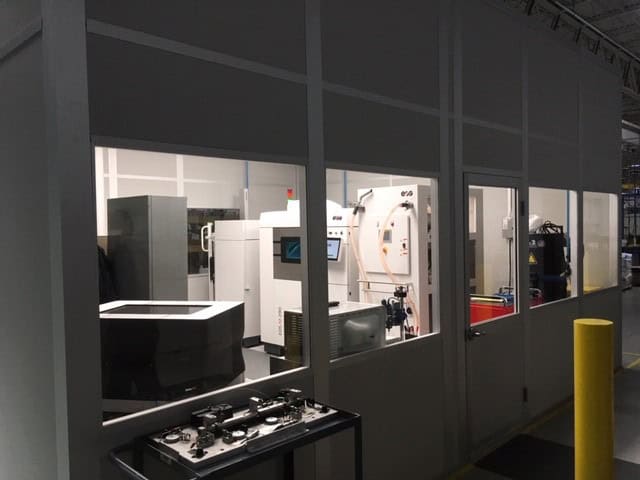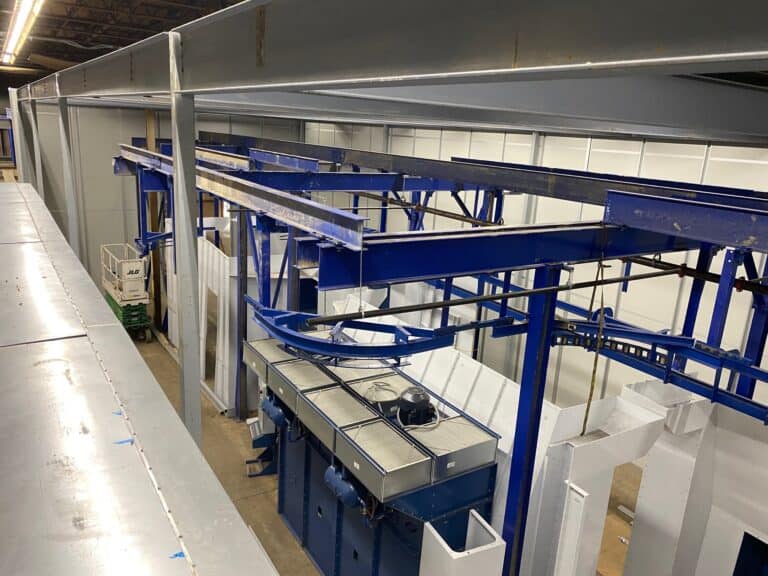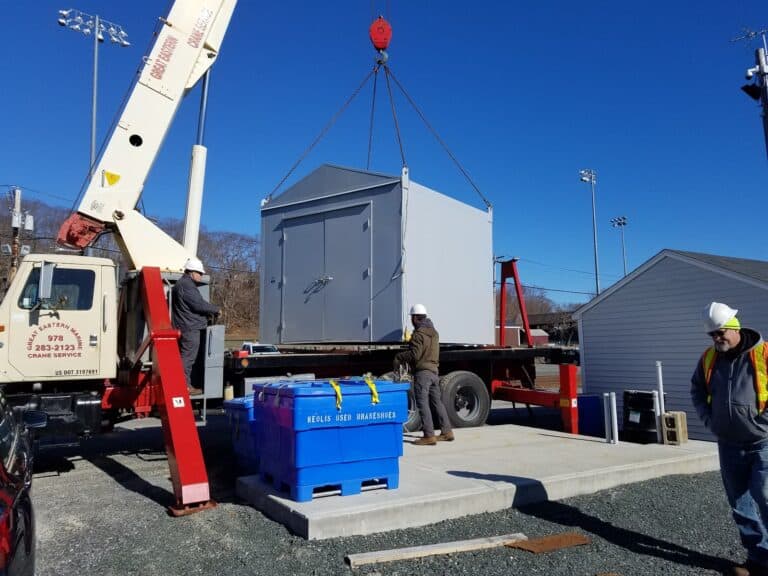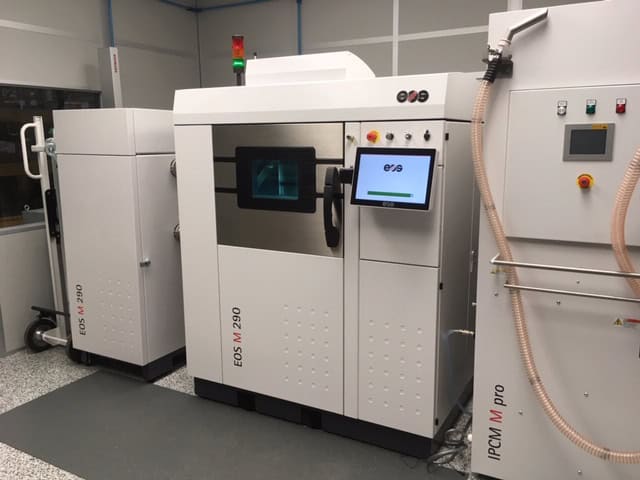Indoor Equipment Enclosures for Your Soundproofing Needs
For soundproofing options, choose steel finished surfaces or fiberglass reinforced plastic (FRP) laminated to drywall, which creates a rugged and highly impact-resistant surface that guards against damage. Each application also gives you the choice to customize the design. This includes customer doors, windows, and more.
A Reliable Security Method for Your Equipment
Securing equipment indoors is as important as securing it outside. Unsecured equipment can be vulnerable to damage and vandalism. Equipment enclosures include clear anodized or painted aluminum frame construction for a virtually maintenance free building that helps protect equipment.
A Multitude of Indoor Uses
While our modular enclosures can be used to protect just about any type of equipment, there are several applications that are especially popular:
- Sound Enclosures to create sound barriers to protect employees from loud machines and quiet the surrounding area. Porta-King offers three standard sound control options, with the best having an STC rating of 47 with an average dB reduction level of 48.
- Machine Enclosures protect sensitive indoor equipment from dirty plant environments or personnel from dangerous moving machine parts.
- Compressor Enclosures reduce the noise of compressors to protect personnel who work in the area.
Indoor Equipment Enclosure Video Gallery
Quick, Affordable Construction
No matter the application, modular construction is fast, convenient, and affordable. All equipment enclosures are built with reusable and durable materials to guarantee years of use. Our experienced team of engineers and customer service representatives will help you design your indoor equipment enclosure to meet the specifications of your building and needs.
Indoor Equipment Enclosure FAQs
Why should I consider modular construction for indoor equipment enclosures?
Indoor equipment enclosures built with modular construction offer several advantages:
– These indoor equipment enclosures can be built around existing equipment or designed for later installation – an option unavailable with conventional construction due to dust and debris concerns
– Indoor equipment enclosures come in a range of sizes with custom layouts to accommodate virtually any equipment
– Quick assembly of indoor equipment enclosures minimizes downtime in the construction area, thanks to easy-to-assemble designs
What materials are used in wall panels for indoor equipment enclosures?
Indoor equipment enclosures feature standard panels with a ½” layer of vinyl-covered drywall laminated to a 1 ½” solid EPS insulating core, providing excellent thermal value and ensuring temperature and humidity control. These indoor equipment enclosures can be customized with special panel compositions for enhanced sound control or higher insulation values. Additional panel protection options for indoor equipment enclosures include painted steel or FRP exterior surfaces.
What window options are available for indoor equipment enclosures?
Indoor equipment enclosures typically include windows to enable equipment monitoring. Window options for indoor equipment enclosures are selected based on specific application requirements. For sound-sensitive applications, indoor equipment enclosures can feature laminated or insulated glass. Ballistic-rated glazing is also available for indoor equipment enclosures where safety is a primary concern.
What door options are available for indoor equipment enclosures?
Indoor equipment enclosures can be equipped with various door options, including single and double swing doors in different heights and widths, facilitating equipment and parts transfer. Indoor equipment enclosures can also feature removable walls for large equipment access. Additionally, support structures can be designed for automated door systems in indoor equipment enclosures.
Are environmental control options available for indoor equipment enclosures?
Yes, indoor equipment enclosures can be equipped with through-wall HVAC and Ductless Systems. The design of indoor equipment enclosures can also accommodate on-site installation of split HVAC systems and other environmental control equipment to maintain optimal conditions inside the enclosure.
